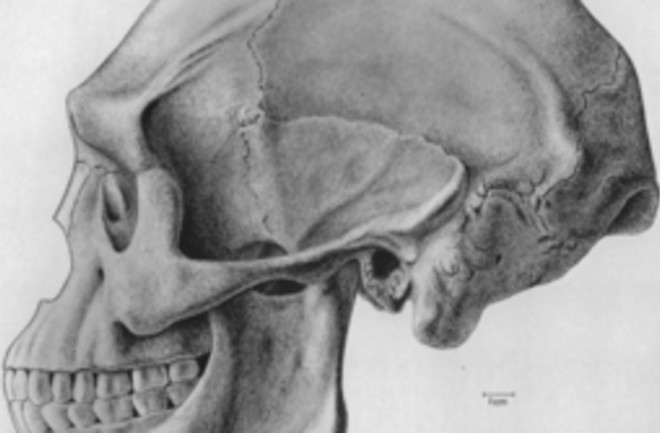In 1931, geologists excavated skull fragments from a fossil bed along the Solo River in Java, an Indonesian island under Dutch colonial rule. Over the next two years, they uncovered 10 more skull specimens and two pieces from a tibia. The geologists identified the bones as belonging to a previously undiscovered ancient human, Homo soloensis.
Who Was Solo Man?
Solo Man, as the specimen came to be known, has been a point of curiosity among archaeologists ever since its discovery. The hominid resembled ancient human lineages more closely than modern-day humans, even though researchers found it in a relatively young fossil bed.
For many years, scientists wondered if Solo Man had coexisted, peacefully or tumultuously, alongside modern humans on the island of Java.







